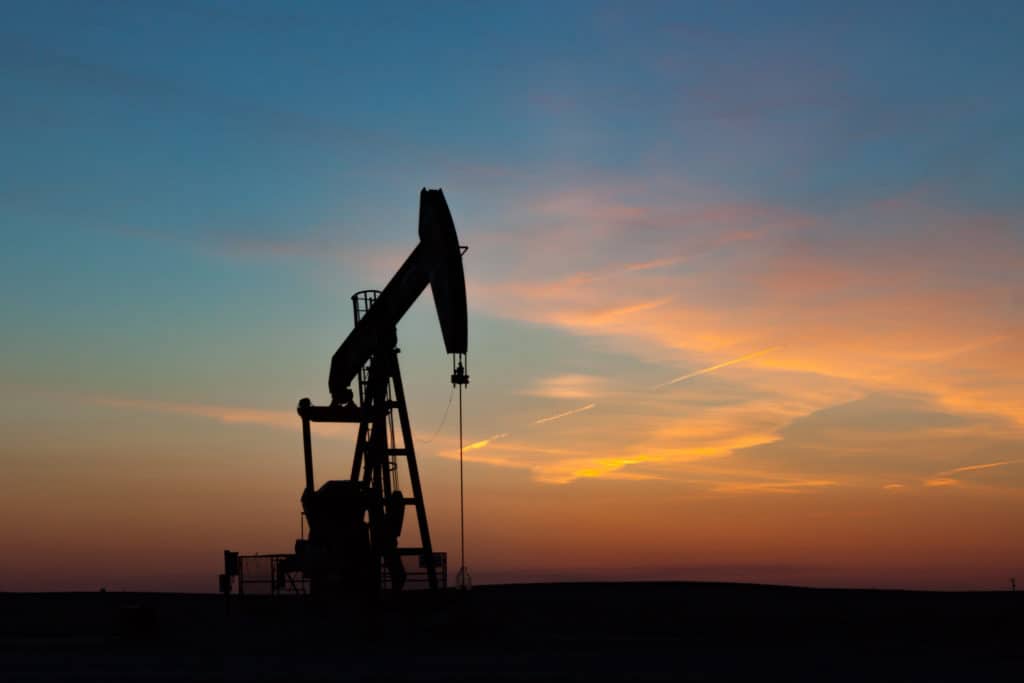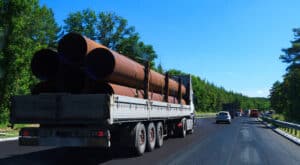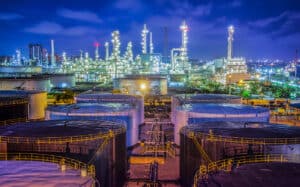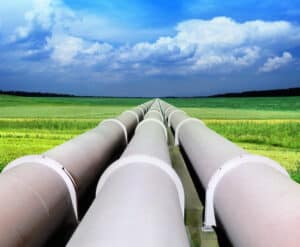Increasing Supply
The US shale revolution started in 2005 when introducing a new horizontal drilling technique called hydraulic fracturing (fracking). This paradigm shift helped improve US oil yields dramatically – 80%+, in fact, from 5 million barrels per day to over 9 million. This massive increase in supply capabilities must be well-planned to best balance with demand. Legislation also plays a key role in US companies ability and/or desire to drill. Decreased regulation often is associated with periods of higher supply, and vice versa. Supply beyond demand results in lower market prices.
Increasing Demand
As nations like India and China develop, their increased populations creates heightened demand for cars, homes, and businesses and, therefore, increases demand for both oil and natural gas. Increased demand often results in higher market prices.
War, along with various significant political actions, have historically caused large tremors in the oil market. Not only does operating a war create increased oil and gas demand (think of vehicles alone: trucks, tanks, airplanes etc.), but oil and gas are often tools by which nations make plays in war. Few countries, relative to the global population, control oil and gas supply and demand, and, therefore, market prices. Countries have historically manipulated supply to fight against their enemies objectives.
The Effect on Oklahoma
Oklahoma sits atop fertile earth for oil and natural gas production. As booms progress, companies invest in production which has extremely positive effects on the Oklahoma economy: good are purchased (ex. drilling rigs), labor is needed (increasing jobs and traffic into the State), and land value increases (title and leasing). This global market activity – driven by supply and demand – has tremendous impact on the national, state and local-level.





